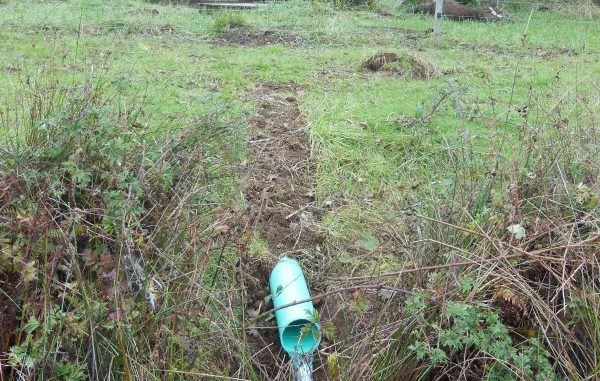
In October we made repairs to the pond drain and to the barn roof.
Pond drain unplugged
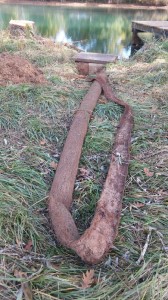
The overflow drain for the upper pond keeps the pond from overflowing into the adjacent field. (The upper pond is fed by underground springs that constantly refill the pond.) Unfortunately, that drain became plugged with willow roots. We had removed some roots blocking the drain back in February 2014 but the roots extended far down the drain pipe. This restored some flow to the drain, but not enough to keep the pond from overflowing. Until we could unplug the drain, we irrigated fields and siphoned water from the pond to keep it from overflowing.
We were pretty sure we’d have to dig up the entire drain, but handyman Jeff was able to pull the roots using the small excavator we rented and lots of elbow grease. We found that most of the drain line was solid pipe, so that suggested we might be able to pull the root mass out instead of digging it out. The discharge end of the pipe was corrugated pipe and we’ve replaced that with additional solid pipe.
Jeff also cleared the intake of the grated drain. Buried in the reeds was the original drain intake and Jeff was able to clear that line as well. The original drain intake is a little bit higher in elevation than the grated drain, so we now have a primary drain with a secondary overflow drain…like a safety valve of sorts.
Clearing the drain lines and opening up the intakes solved the immediate problem, but with the willow trees there, it was only a matter of time before they plugged the drains again. We cut down the two willow trees, and this fall we’ll treat the stumps to make sure the willows don’t regrow.
The “take home message” in this story is clear: don’t plant willows next to a drain! Willows love water and will send roots quite far to reach moisture. The easy path is a drain, so if the roots can find a way in, they will.
Barn roof repaired
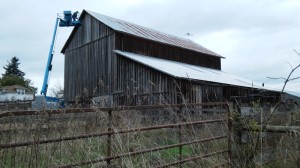
During high wind events this past spring and summer, we observed the corrugated metal panels on the south end of the barn roof flapping in the wind. Using binoculars, we were able to see that the roof nails holding the panels to the underlying wood structure were coming out, and that was allowing the panels to flex up and down in the wind. (Our neighbors may have heard the clanging of the roof during these events because the corrugated panels would bang and reverberate rather loudly in the wind!)
This presented a safety concern at the farm because if a panel was torn loose by wind, it could become an extremely dangerous projectile. Longer term, of course, damaged roofing would allow water to enter the barn and cause the structure to deteriorate.
We rented a 60-foot-tall articulated lift and used that to secure the roof panels on the south edge of the barn. While we had the lift available, we also inspected the north end of the roof and found those panels starting to come loose, so those were also secured. A windstorm the next day gave us an opportunity to verify that the panels were no longer moving in the wind.
Other work performed
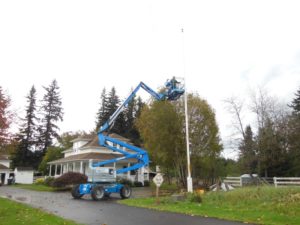
With the lift still available at the farm, we took care of some other maintenance items that were less urgent than the barn roof repair, including:
- Cleared moss from several rooftops.
- Cleaned gutters.
- Inspected trees for hazardous limbs.
- Painted the rusting flagpole.
- Cleaned the farmhouse chimney.
We did not have time to repair the gutters on the barn. They are coming loose and will need to be repaired or replaced. We’ll schedule that work for another year.
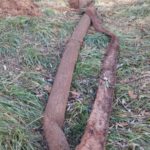
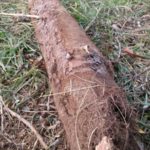
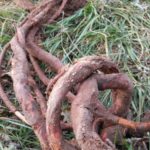
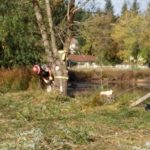
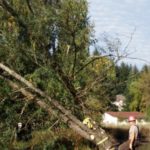
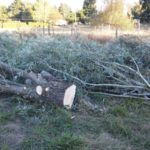
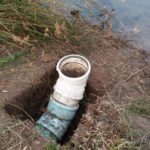
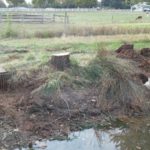
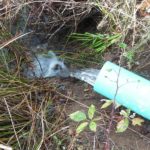
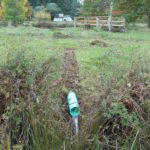
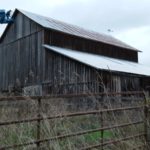
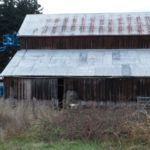
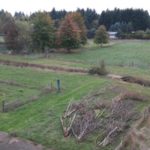

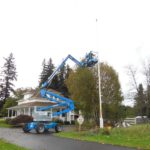
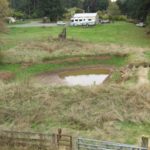
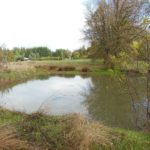

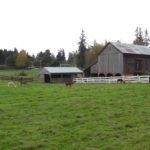
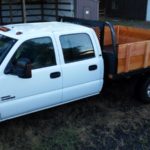
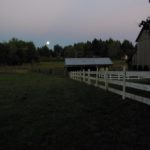
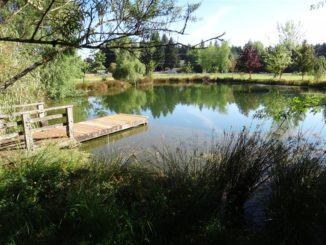
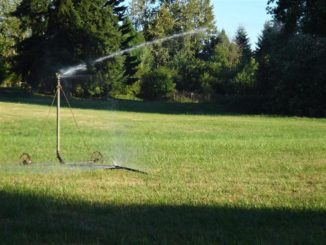

1 Trackback / Pingback
Comments are closed.